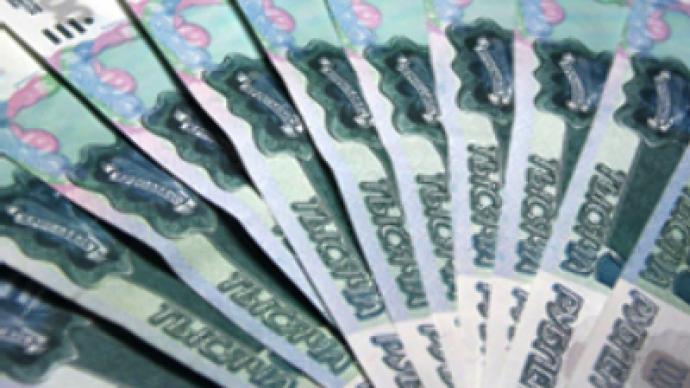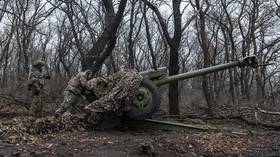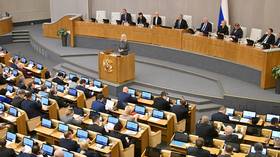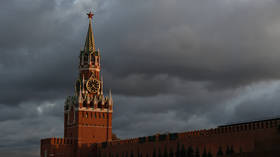Ruble slump – time to take in some perspective

The Ruble is down, and with oil down it may have further to go. But before heading off to change one currency for another it’s worth having a look at some of the other currency movements unfolding around the world.
In late July this year the Ruble was trading at about 23.25 to the Dollar. Since then, as every last person on the streets of Moscow could tell you, it’s taken a major hit. Currently it is sitting on about 27 to the Dollar. That isn’t good news if you are doing significant amounts trading in dollars – It means your Rubles are getting you more than 10% less, in dollar terms, than they were just a few short months ago.
Not surprisingly this had fed through to the streets of Moscow where for the first time in about 2-3 years people are swapping their Rubles for dollars and paying increasing attention to what the outlook is, fearing the worst – with memories of 1998 fresher than they seemed at the start of the year. But a little bit of composure may be in order, and taking a look around the rest of the world might provide an insight that isn’t readily apparent from the queue at the exchange. Certainly the Ruble is down, certainly it will remain under some pressure while oil continues to slide, but the real story here is not one of the Ruble being reduced in value, but more a story of current U.S. dollar strength.
A look around at almost every currency in the world reveals some amazing currency movements against the U.S. dollar in recent months. The Euro, the British pound, and Australian, New Zealand and Canadian dollars are all sharply lower than they were mid year. Possibly the best example is the Australian dollar. In July it was trading at about 98 U.S. cents – nearly parity. This week it has moved under 65 cents, a fall of more than 30% in just 12 weeks. Like Russia, Australia is essentially a commodity and agriculture driven economy, and the fall in the value of the Aussie reflects the sharp drop off in commodity prices since the middle of the year, as the global financial crisis has forced investors from commodity markets. From this point, there is added downside for any currency strongly linked to commodities from the fact that most of them are priced in the U.S. dollar which has been rising.
But the strength of the U.S dollar is a direct function of the crisis which has engulfed global financial markets. As banks began writing down billions of dollars on their asset sheets, they were forced to reduce the levels of investment they supported elsewhere, which has meant an outflow of currency from numerous markets around the world. Adding to that outflow has been the need for these banks to beef up their balance sheets and asset bases, and to do this they have pulled money out of higher risk areas. Russia, along with many other emerging markets, which are by definition higher risk, has born the brunt of this need, as equities markets have slumped and currencies have weakened. The Ruble slump is effectively the compounded result of investment being pulled out of Russia to shore up asset bases in the U.S. as well as the weakening (stemming from a similar pullout of investments in commodities) of commodity prices, particularly those which generate most of Russia’s export earnings.
The need for the global banking system, and particularly that of the U.S. to strengthen balance sheets and asset bases in the coming months will almost certainly continue, and the need for these institutions to sell assets elsewhere, to do this, will continue. Adding to the strength of the dollar specifically against the Ruble, is the high levels of global borrowings, usually in the greenback, by many Russian companies. The global financial crisis now sees Russian companies owing billions of dollars internationally. The underlying basis for them to do so, is being strongly supported by measures of the Russian government to help ease their plight through the credit crisis, the latest being this weeks injection of $14 Billion into local banks on Monday. But what is happening is that when this money gets into the system it needs to be converted into U.S. dollars in order to meet calls on commitment, and this conversion of billions of dollars is adding to the downward pressure on the Ruble against the U.S. dollar. To convert it the banks, or the large companies are selling Rubles (pushing it lower) and buying dollars (pushing it higher).
This pressure can be expected to continue for some time – until U.S. financial institutions have been able to restore some semblance of strength into their balance sheets, and confidence in their investors. But it needs to be remembered that Russia certainly isn’t in this situation alone, its in it with almost every other nation. Over the longer term there are increasing questions about the long term strength of the U.S. dollar, including massive Current Account and Budget deficits, the massive amounts being pumped into the financial system currently, and the near certainty that at some point soon the U.S. will unveil further economic stimulus measures to push the worlds largest economy away from recession.
The other factor to bring into consideration about the currency is its role. It isn’t an expression of national robustness and well being, it’s a macroeconomic tool. In other economies, and again Australia is a useful example, it acts as an economic shock absorber. It goes up when economic activity is being pushed along too strongly, and this has the effect of driving import competing and exporting sectors of the economy into the ground. Conversely, when economic times are more difficult it heads lower enabling those same sectors to become more competitive, both at home and abroad. With the Ruble nudging 27 to the dollar there will be many import competing industries in Russia which will be breathing a sigh of relief as they find their products more competitive than they have been in years, and this has some potential upside for Russia over the longer term if it enables manufacturers and service industries to develop to the point where they are better competitors against imports during the next economic upturn. At the same time, the downturn in revenues for the government, on the back of reduced earnings of oil companies, will give those in power a prompt on the need for Russia to broaden both its economic base, and more particularly its export earnings. It is worth noting that China has built the worlds largest reserves – estimated recently as being worth 2 Trillion dollars – on the back of having a currency which has been kept deliberately undervalued for much of the last decade – prompting outbursts from politicians in both the U.S. and EU.
This isn’t to say that import competition is simply a matter of currency movements. This will require government policies, and effective outcomes, focused on manufacturing and the private sector, as well as ensuring that national infrastructure is efficient and doesn’t create bottlenecks, not to mention being able to access capital and work on an inflationary environment better than Russia currently has. Nor is it to suggest that having a strong energy sector isn’t something that almost every other economy would love to have, and that it will continue to be a mainstay of Russia’s economic growth and outlook for some time to come. But it is to say that the recent decline in the Ruble against the U.S. dollar is worth seeing as an opportunity and reality check, rather than some form of disaster.
James Blake, RT
Ruble slump puts currency movements in spotlight
Russian Duma holds budget hearing as oil slide threatens funding basis
Government bail out leads to longer term questions on States role in economy













